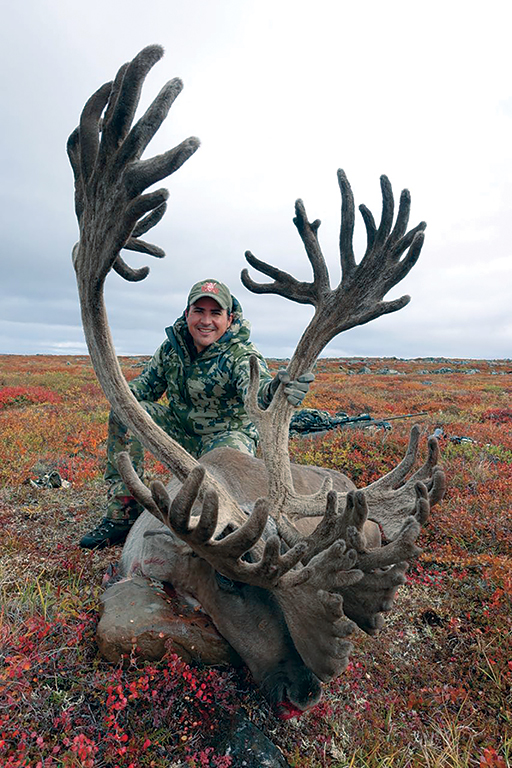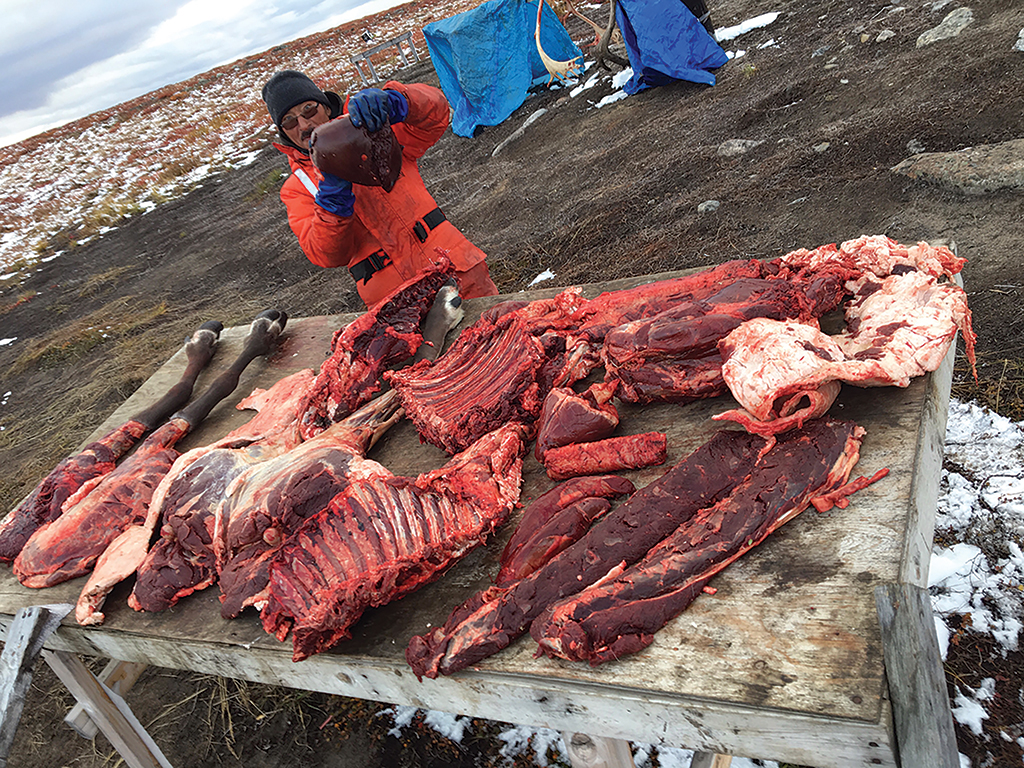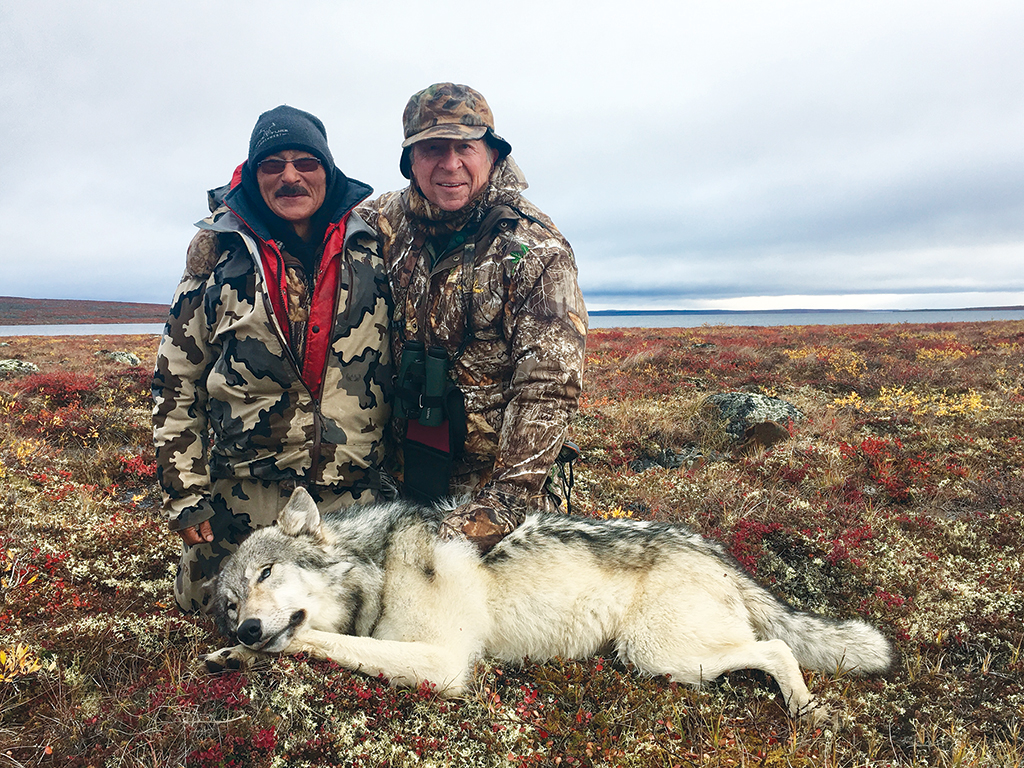
outfitter on the mark
Inuit Knowledge, Skill Guides Adventure Northwest
by Beverly Cramp
From the age of six, Boyd Warner spent his summers at the Bathurst Inlet eco-tourism lodge his parents established in 1969, which went on to become a well-known destination for nature lovers. Here, he developed lifelong friendships with the Kapolak brothers, his best friend being Sam Kapolak who was closest in age to Boyd.
Bathurst Inlet was a magical place for the young boys with its rolling hills, green valleys and streams where muskox and caribou grazed. “We grew up on the tundra playing together,” recalls Warner. “We hunted and fished and roamed with great freedom. In those days, you didn’t need licenses.” During the rest of the year Warner lived with his family in Yellowknife where he went to school. But every summer, the family returned to the lodge where Warner worked until 1983 when he completed his university degree in commerce. Upon graduation it was time for Warner to get serious about a career. With Sam and another Kapolak brother named Allen, Warner developed a plan. Hunting was a passion for them all and it was also crucial to the Kapolaks way of life. Most Northern families need wild meat in their food stores to get through the winter. Unlike their childhood years, hunting wildlife was now strictly regulated through Hunters and Trappers Organizations (HTO) and only Nunavut hunters could get tags needed to harvest wild game animals. Each HTO restricts the number of animals that can be harvested by limiting the number of tags permitted each year – one tag per animal.
“after a successful hunt, such as say for a walrus, the inuit celebrate.”

“Through their HTO, Sam, Allen and other Inuit have access to caribou, muskox, grizzly bear and other animals,” says Warner. “But it is up to the hunters how they use their tags. They can give them to another hunter.”
Warner was certain he could attract paying big game hunters from the southern areas of Canada, the United States, Europe and other places if the Kapolaks provided the tags and guided the clients to good hunting grounds. The visiting hunters would share the meat from the harvested animals with their guides and surrounding Inuit communities. Together with Sam and Allen Kapolak, the three built a wilderness campsite at an area called Burnside River from where to launch daily hunts.
Sam Kapolak’s wife Susie started as a cook at the Burnside River camp. It was the beginning of a business partnership that is still successful more than 30 years later. Five more hunting camps have been built since then. Called Adventure Northwest Ltd., the company has become known as one of the North’s most diverse outfitters, operating year-round in Nunavut and the Northwest Territories.
In addition to caribou and muskox, the partners also guide for wolf, wolverine, grizzly bear, polar bear and walrus. Warner says the business is a win-win situation for both Northern communities and hunters from the south. Not only are there jobs for the Kapolaks but other Northern residents too as the company provides local guides for each individual hunter.

“We only employ Inuit,” says Warner. Most of the meat from the harvested animals is given to the Kapolaks and other Inuit communities.
“Sam and Allen, and their older brother Peter who has his own HTO, all need meat for the winter. The hunters will take a sample of the meat but the HTO gets the rest of the meat. We package and freeze the meat for the hunters, ready to be transported to their homes.”
The Northern game drew hunters from the south, but it soon became apparent the opportunity to experience Inuit culture was an added attraction. “Hunters get to see the real Inuit,” says Warner.
“After a successful hunt, such as say for a walrus, the Inuit celebrate. They laugh and tease. Their happiness is infectious. And there’s nothing like standing around at midnight when it is still full daylight in the North and watching the Inuit skin the Walrus to make bags for the meat they are carving up. They make use of virtually everything – the kidneys, fat around the stomach, all the marrow. It’s a totally different experience.” ABQ


